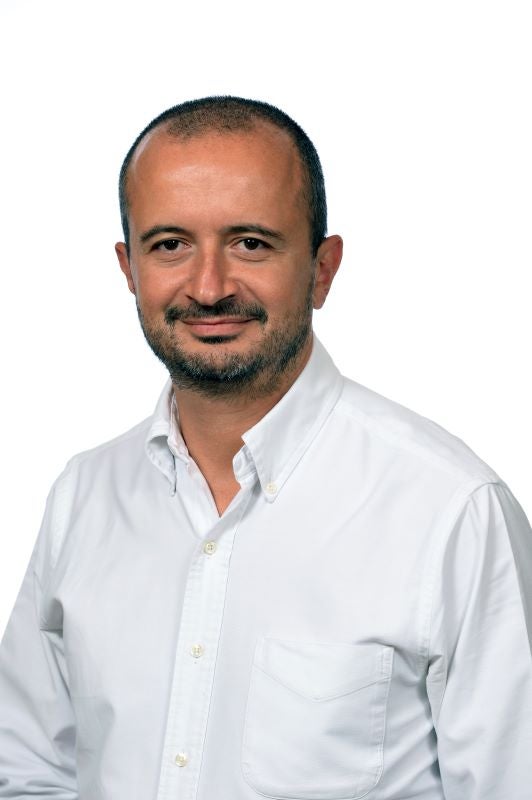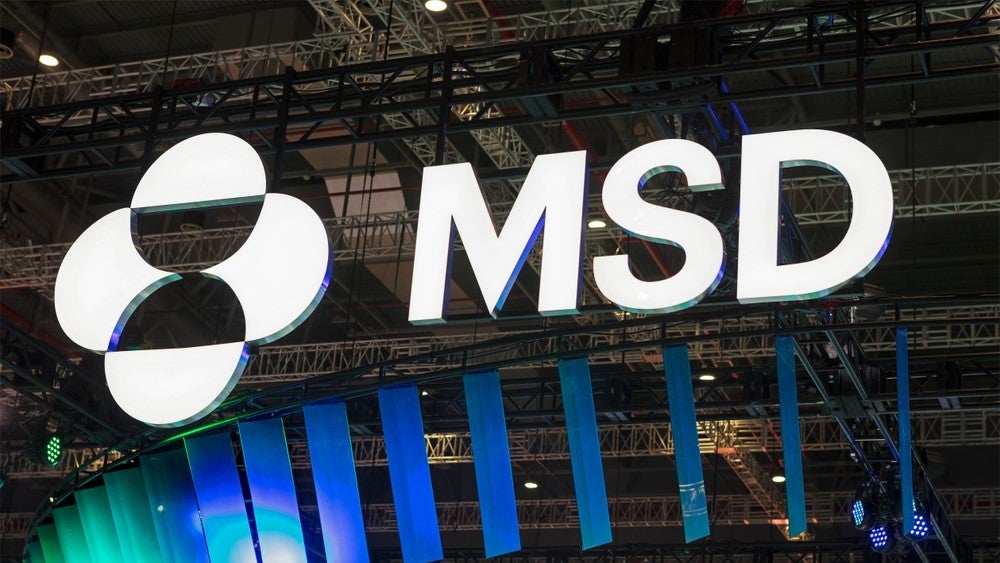
With the boom of cell and gene therapy development in recent decades, several regulators have scrambled to adapt their regulations to approve and cover these specialised therapies. But access can still sometimes limited.
As the US Food and Drug Administration (FDA) works on the Collaboration on Gene Therapies Global Pilot (CoGenT) to explore regulatory change, other healthcare authorities are also releasing policies that will go on to affect access to cell and gene therapies. On 25 March, the EU Member State Coordination Group on Health Technology Assessment (HTACG) released methodological and practical guidelines for the upcoming changes to European health technology assessments (HTA). The new guidelines coincide with an EU initiative to harmonise HTA procedures across member states that is set for implementation in 2025.
In an exclusive interview with Pharmaceutical Technology, Paolo Morgese, the vice president of public affairs at the Alliance for Regenerative Medicine (ARM), discussed these upcoming changes to the European HTA process and other factors affecting cell and gene therapy access. ARM is an international organisation that advocates for cell and gene therapy access in healthcare systems and on the patient level.
This interview has been edited for length and clarity.
Akosua Mireku [AM]: Currently, what are the main challenges to facilitating cell and gene therapy access?
Paolo Morgese [PM]: Gene therapies have some characteristics that are very different from any other treatments that we have had in the past. Diseases addressed by gene therapies, that are often rare, frequently benefit from a one-time treatment administration. However, the balance between the costs of manufacturing these therapies and the effect that they have can be quite dramatic. Gene therapies often address the underlying disease, while traditional therapies often just treat symptoms, or slow the progression of the disease, especially for chronic diseases. In terms of treatment, the same efficacy [as seen with cell and gene therapies] happens with transplants and surgery.
Healthcare systems need to recognise their value, beyond the specific price [of a therapy] and come up with an overall strategy to address the disease. In the rare and ultra-rare disease space, the cost of the disease burden, and the cost that societies and healthcare systems bear for these patients are very high. We need to look at this in a very comprehensive way to understand the value of these drugs. It is true that there are still some questions that are not answered, [but] I have no doubts that cell and gene therapies are the future of medicine.

AM: What changes can regulators make to improve access?
PM: There are two things. One is to do with how we assess evidence in reimbursement systems. Most countries use an evidence-based decision-making system for treatments. The evidence that is traditionally required for traditional drugs is from randomised controlled trials (RCTs). It is a scientifically robust approach that allows you to detect small benefits and efficacy signals in larger populations. However, RCTs are not always possible for gene therapies. The alternative [to RCTs] is something that we have not yet created in a structured way that is perceived as robust as an RCT.
When HTA bodies require RCTs to prove that a new gene therapy is is effective or better than the standard of care, we have regulators that are not seeing that these drugs are effective, even though clinicians see the impacts….and we see the visible effect on patients.
A new paradigm for developing and assessing evidence needs to be built, which needs to go beyond RCTs, and also be based on real-world evidence. This would include the information on natural history and on how patients are doing with or without treatment over a lifetime—collected before therapy launch, and follow-up after a treatment is launched. Such an approach would need to figure out how the gene therapy does compared to existing treatments for some patients, and how long the effect will last. We need to have registries and real-world evidence infrastructure that can robustly measure this. Also, we need HTA bodies to use this data, and not rely on RCTs, especially when that is not possible.
AM: What are your thoughts on how the new EU HTAs that will assess therapies? How will this affect gene therapies?
PM: The new HTA regulation was approved in 2021 and will be implemented next year. In 2025, companies will need to go through a joint clinical assessment (JCA). Last month, the first guidelines on HTA methodology were published by the HTACG. The methodological guideline says that for non-RCTs, the JCA will consider such evidence insufficient to prove relative efficacy. That is based on just whether it is an RCT or not. This incentivises companies to run more RCTs, which is a good thing. However, it penalises patients and developers in situations where an RCT is not possible.
The only way to overcome that issue is to have a more open, pragmatic approach when RCTs are not feasible, to find methodological standards to assess the relative effectiveness, at a a country level and a European level. If a lack of an RCT prevents necessary treatments from reaching patients, we will be failing patients who are in need and waiting for treatments that can save their lives.
AM: Are there any models being used in specific countries, that you think constitute a better way of assessing cell and gene therapies?
PM: The European JCA approach is actually more conservative than what is seen at the country level in several countries. In the UK, the National Institute for Health and Care Excellence (NICE), has been doing direct comparisons in modelling for many years. Their guidance is very much in line with what we're saying. France and Nordic countries like Sweden have published real-world evidence guidelines a couple of years ago that support access. Across the board in Europe, I would say the decisions of HTA bodies have been much more flexible, compared to what we are seeing with the JCA methods. Overall, on a country level, Europe is not closing the door to reimbursing these drugs.
AM: Separate from regulatory reform, what changes need to be made to improve cell and gene therapy access?
PM: The cost of these therapies is a major issue. If payers, and industry stakeholders don't find a way to make the payment sustainable for both the payers and the developer, there are risks that these life-saving drugs will not get to the market because that is not financially viable. Solutions that aim to spread the payment or identify other payment models related to treatment outcomes may be better. We need to refine the way these are paid for in a way that will make this feasible and sustainable.
Cell & Gene Therapy coverage on Pharmaceutical Technology is supported by Cytiva. Editorial content is independently produced and follows the highest standards of journalistic integrity. Topic sponsors are not involved in the creation of editorial content.














